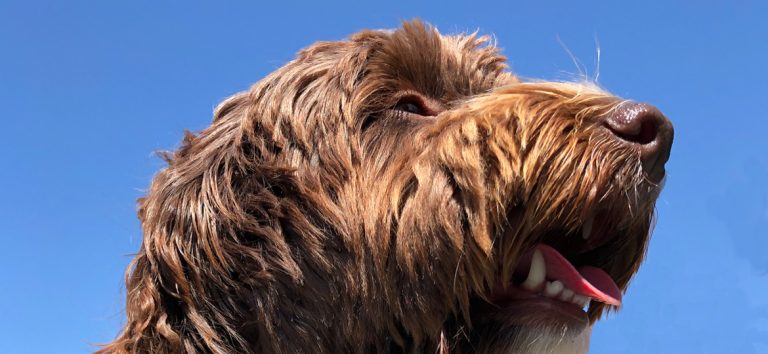
How to Protect Your Dog from Hot Weather
Summer Safety Tips for Dogs: Keeping Your Canine Cool and Healthy As summer approaches, it’s
In the world of dog treats, few products have generated as much controversy as rawhide chews. These seemingly innocent chew toys, often marketed as dental aids, can pose serious risks to our beloved furry companions. Many experts and veterinarians advise against giving rawhide chews to dogs due to their potential health hazards and ethical concerns. Let’s delve into why these byproducts of the leather industry should not be part of your dog’s chewing routine:
1. Digestive Dangers: Rawhide chews are notoriously difficult to digest. Derived from the inner layer of cow or horse hides, they are treated with a variety of chemicals during processing. These chemicals can remain in the rawhide and may cause stomach upset, vomiting, and diarrhea when ingested by dogs. In some cases, larger pieces of rawhide can become lodged in the digestive tract, leading to blockages requiring surgical intervention.
2. Choking and Blockage Risks: The inherent texture and shape of rawhide chews make them a choking hazard, especially for dogs prone to aggressive chewing. As dogs gnaw on the chew, pieces can break off, posing a risk of choking. Additionally, when swallowed in larger quantities or pieces, rawhide can create blockages in the esophagus or intestines, leading to life-threatening situations.
3. Contaminant Concerns: Since rawhide is a byproduct of the leather industry, the hides used for production often undergo chemical processing to remove hair and prevent decay. These processing methods can leave behind traces of toxic substances, such as heavy metals, which can be harmful when consumed by dogs. The lack of stringent regulations on rawhide production and quality control only exacerbates this concern.
4. Ethical Considerations: Supporting the rawhide industry inadvertently contributes to the demand for leather production. The leather industry is associated with environmental degradation, animal exploitation, and questionable ethical practices. By choosing alternatives to rawhide, dog owners can make a more conscientious decision that aligns with their values.
5. Safer Alternatives: Numerous safer and more wholesome alternatives to rawhide chews are available on the market. Natural chews made from real meat, such as bully sticks, dried tendons, or even dehydrated vegetables, offer a more nutritious and digestible option for dogs. These alternatives provide the same oral stimulation and mental engagement without the associated risks.
6. Dental Health Misconceptions: One of the primary marketing claims for rawhide chews is their supposed dental benefits. While chewing on any object can promote saliva production and help dislodge some plaque, rawhide’s hardness can actually lead to dental injuries. Aggressive chewing on hard substances may cause tooth fractures or damage to gums, negating any potential dental advantages.
In conclusion, the use of rawhide chews as dog treats is riddled with potential hazards, ranging from digestive issues and choking risks to ethical concerns related to the leather industry. Dog owners seeking to provide safe and enjoyable chewing experiences for their pets should opt for alternatives that prioritize their dog’s health and well-being. By choosing natural chews made from quality ingredients, pet owners can ensure that their furry companions enjoy their treats without the associated risks. Ultimately, the decision to keep rawhide out of a dog’s life is a step towards responsible pet ownership and a reflection of the love and care we have for our four-legged friends.
 Elaine Jeffrey13 May 2024My dog loves Boodles treats. Their stuff always arrives quickly & is well packaged. Happy to recommend.
Elaine Jeffrey13 May 2024My dog loves Boodles treats. Their stuff always arrives quickly & is well packaged. Happy to recommend. janet fairbairn3 May 2024Prompt delivery and well packed . The fish skin flats are a manageable size for my older dog Who loves them.
janet fairbairn3 May 2024Prompt delivery and well packed . The fish skin flats are a manageable size for my older dog Who loves them. Andy Lochhead26 March 2024What a great little company. We ordered some hairy cows ears, our dogs favourite treat. They were here super quick, brilliantly packaged (no plastic), and a far superior product to other suppliers we've bought from. Highly recommended.
Andy Lochhead26 March 2024What a great little company. We ordered some hairy cows ears, our dogs favourite treat. They were here super quick, brilliantly packaged (no plastic), and a far superior product to other suppliers we've bought from. Highly recommended. Charlotte14 March 2024Only place that I buy treats for my puppy, the puppy selection is great value.
Charlotte14 March 2024Only place that I buy treats for my puppy, the puppy selection is great value. Shelley Bluebell8 March 2024Great treats, fast delivery.
Shelley Bluebell8 March 2024Great treats, fast delivery. Heidi Blackwell13 February 2024Brought some treats for my clients dogs ( dog groomer) and some for my own boys they all loved them will defo be buying from here again. Fast delivery too 🐾
Heidi Blackwell13 February 2024Brought some treats for my clients dogs ( dog groomer) and some for my own boys they all loved them will defo be buying from here again. Fast delivery too 🐾 Jenny Mannion-Krase27 January 2024Nice extras included and dogs are happy
Jenny Mannion-Krase27 January 2024Nice extras included and dogs are happy Emma Roper10 January 2024Absolutely brilliant, we got the puppy variety box and our pup has had a great time munching through them!
Emma Roper10 January 2024Absolutely brilliant, we got the puppy variety box and our pup has had a great time munching through them! Pete Sellens30 December 2023Top quality products that the dogs absolutely love. Defo ordering again
Pete Sellens30 December 2023Top quality products that the dogs absolutely love. Defo ordering again Victoria Brier27 December 2023Super dog treats arrived in time for Christmas, my puppy loves them. I can recommend
Victoria Brier27 December 2023Super dog treats arrived in time for Christmas, my puppy loves them. I can recommend
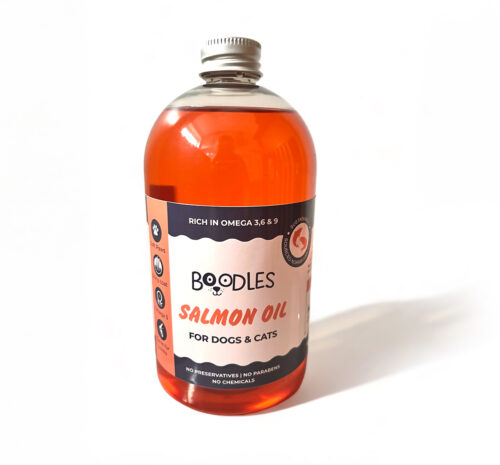
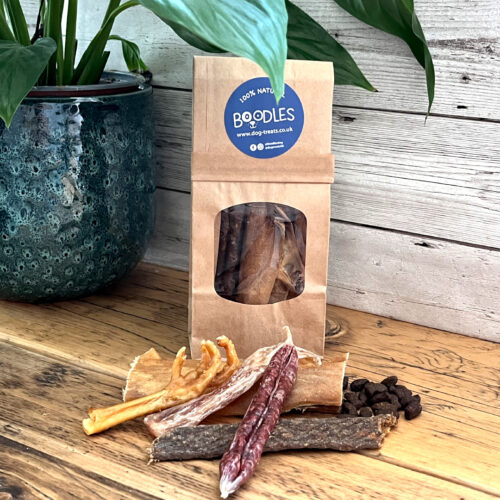
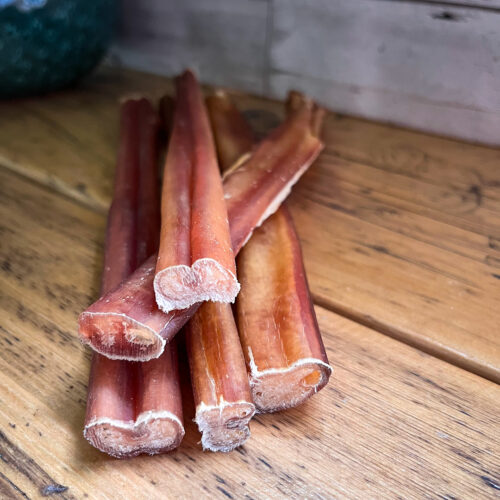
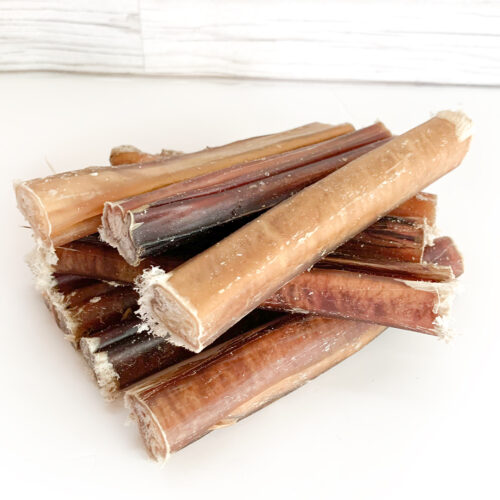

Summer Safety Tips for Dogs: Keeping Your Canine Cool and Healthy As summer approaches, it’s
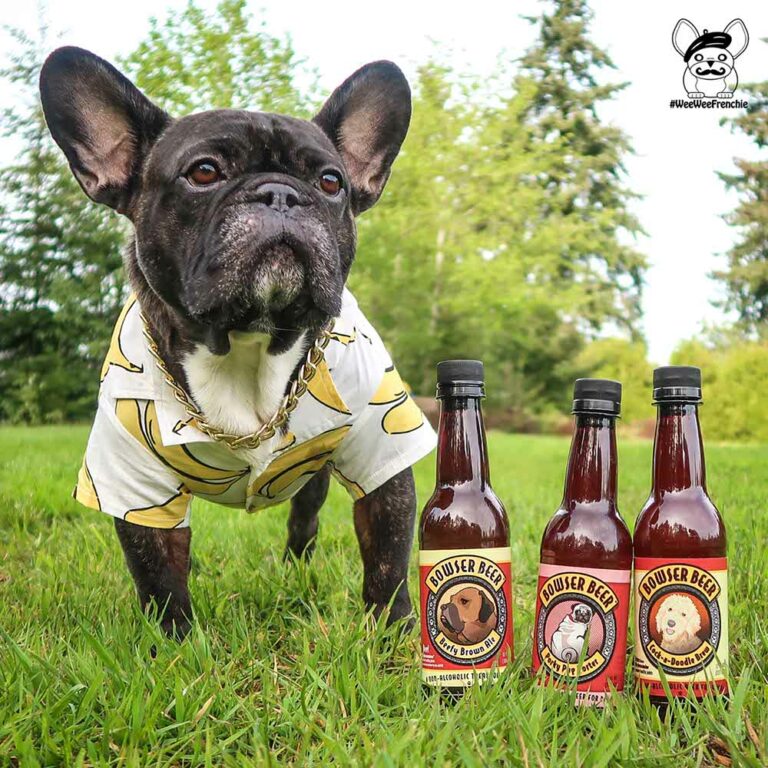
Alcohol and Dogs: A Dangerous Combination Alcohol and dogs should never mix. Alcohol poses serious




FREE SHIPPING
for orders over £50
ANIMAL WELFARE
vet approved
100% NATURAL
No fillers – No additives
ECO FRIENDLY
Compostable packaging
Company Reg: 12263821
VAT No: 371306615
Trademark: UK00003458052
EORI: GB076768166000